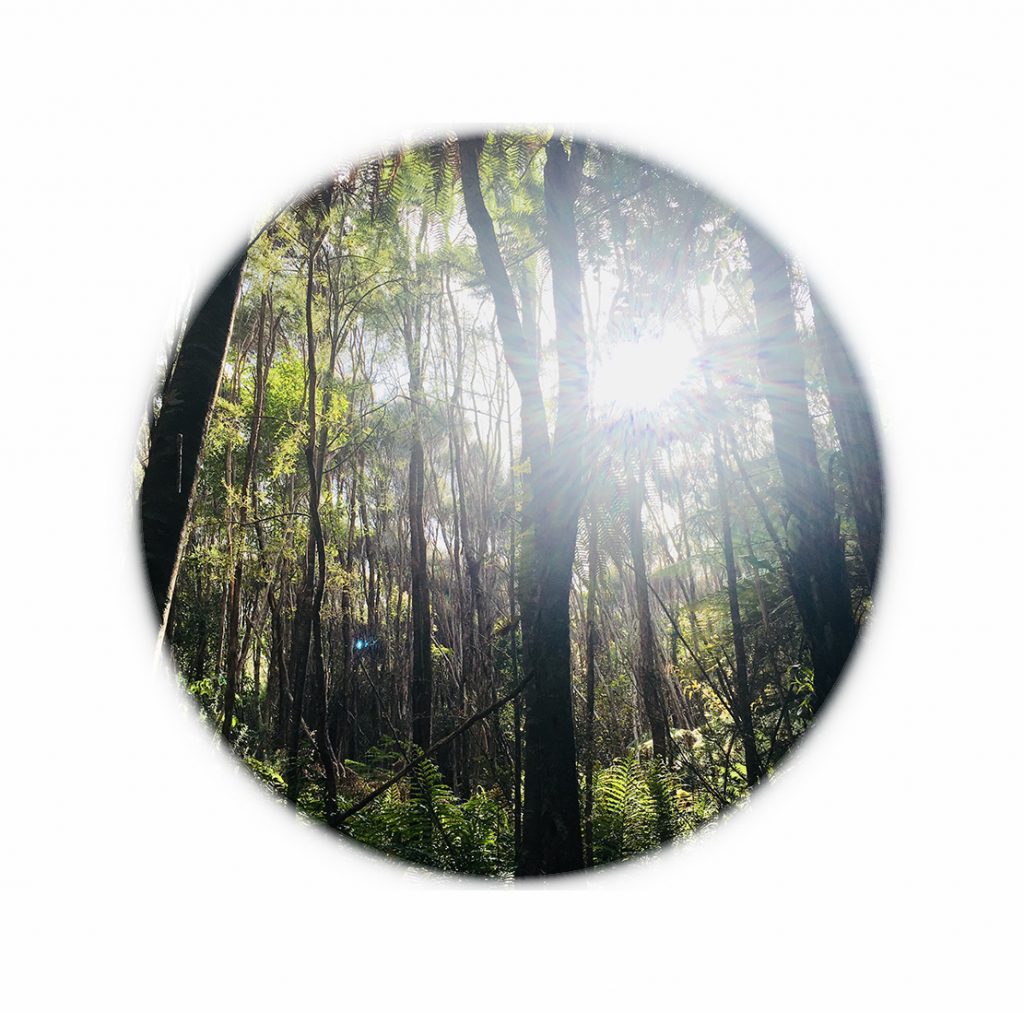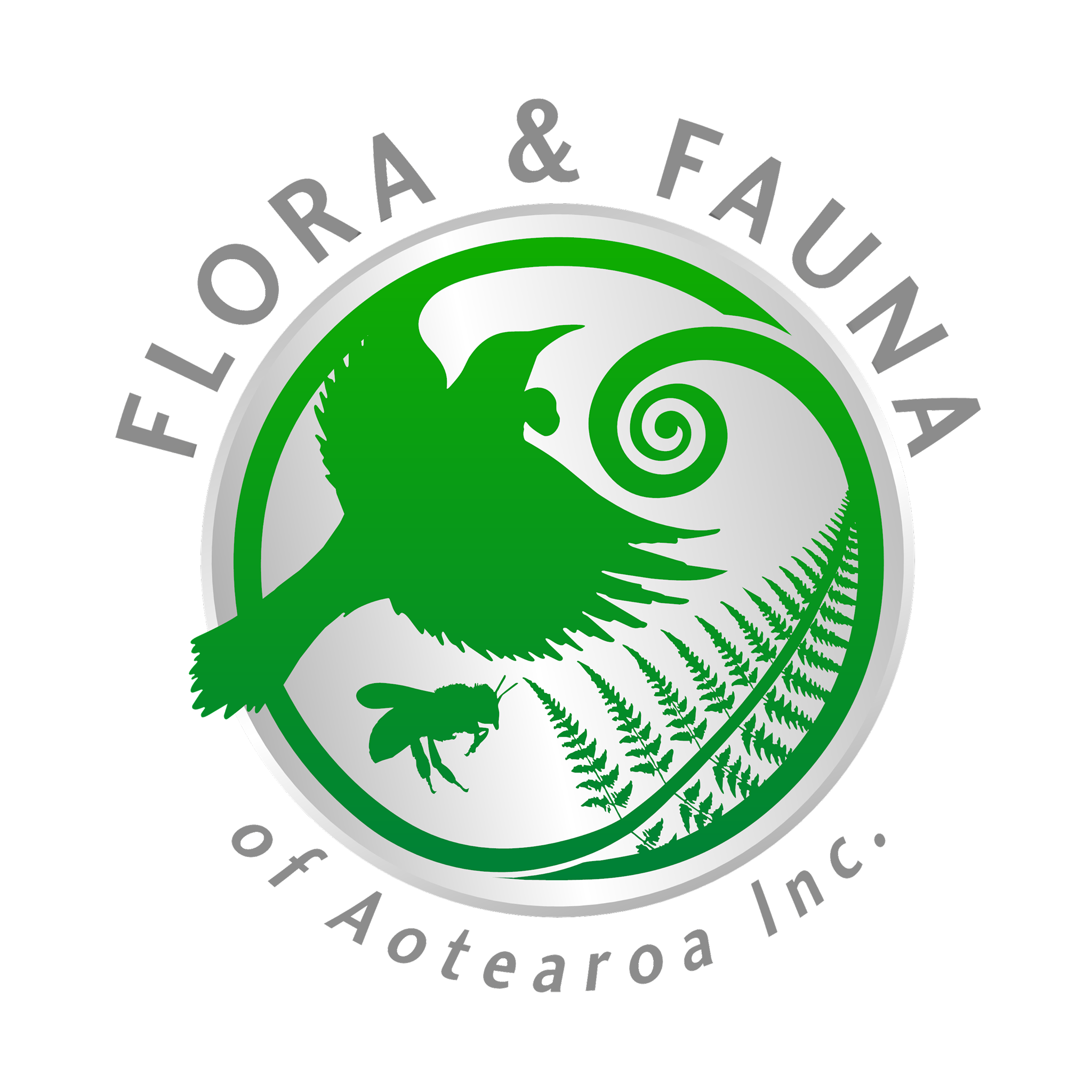holistic regeneration of flora, fauna, wai and tangata through kaitiakitanga

Halting the destruction of the planets few remaining forests and restoring them to health is a hugely important undertaking that communities are just beginning to grapple with. These complex systems are home to thousands of species, seen and unseen, and will play a critical role in restoring the planet’s overall health.
Trees are the lungs of the earth. Our native forests and species are under extreme pressure from human exploitation and encroachment, loss of habitat, environmental pollution and unsustainable levels of introduced species. Our ancient Kauri forests are at risk of Kauri dieback and other species from diseases like Myrtle Rust. Our environment is changing rapidly and we are realising the need to be proactive, to be regenerative.As we form strategies to effectively deal with these challenges, it’s of the utmost importance that they fit local cultural and environmental values; they must fit our goals for sustainable management and they must have net benefit for our communities and for our environment.To achieve that, our strategies must be grassroots, from the bottom up.
At the most recent Global Landscapes Forum in Kenya, attendees were asked what their goals for forest restoration were and how they fit culturally, socially and economically to their goals for sustainable development and addressing climate change. There was a strong message from delegates that Restoration Initiatives must include indigenous peoples. Indigenous people have long rich histories, living as one, with their forests. Many lives and livelihoods have been intertwined with forests in the past and many still are. Hunting, trapping, guiding, plant medicine and tourism are all part of thriving forest economies.
Gertrude Kenyangi a keynote speaker and executive director of Support for Women in Agriculture and Environment concluded that, “It is necessary to form new institutions and organizations which specifically take into account the specific concerns of the local communities‚ indigenous peoples and marginalized groups such as women, youths, people with disabilities and minorities.” She says, “Restoration cannot pursue a scientific path alone. It needs to be carried out in ways that balance social, economic and environmental objectives at all stages of the restoration process.”
How does that relate to New Zealand? For Maori the forest is vital for life – for food, for medicine, for cultural practices, values, whakapapa and spiritual life. For Kiwis in general, forests and other wild places are a significant part of our identity and our lives. So, as we begin forming strategies to restore these most sacred places, we should recognize the challenges we’re facing, but also the opportunities we can create that reinforce the restoration process and that set our communities up as caretakers, as kaitiaki, well into the future – for future generations.
Around the country plans are being formed to restore and protect our forests, but for them to succeed they must be inclusive of the diversity of views, informed by traditional indigenous wisdom, as well as modern science and technology. These plans must be driven by the people who live in the area and their desire to protect their ngahere and the species that live within – not a faceless official at the other end of the country.
In Whangaroa there is an exciting plan unfolding. It is a collaboration between trappers, hunters, several locals trusts and the wider community. Possibilities for Social Enterprises are being considered to create a sustainable funding stream to manage the ngahere and benefit the community. Funding is a continuous problem for any type of conservation project and it’s time to start looking at other possibilities like this. The main benefits of creating a social enterprise include local employment and economic opportunities, sustainable funding and strong community engagement and support. In this case, hunting and trapping animals for the purpose of animal control would be followed by processing those animals for use as pet food, for fur collection and pelt or leather processing.A native nursery will also likely feature in the plan, so that plants and trees for habitat restoration can be grown locally and opportunities for research and development can be created. Fibre processing, garment production and the inclusion of Rongoa Maori are also being discussed. All profits from the enterprise would go directly back into the ngahere and support its ongoing management.
Due to the problem of the wide-spread use of poisons over our forests, more and more communities are looking for sustainable ways forward that don’t involve poisons.The Whangaroa Ngahere Plan is being designed as a blue print that, once in place and operating successfully, can be shared with others who can then use it to inform their own plan, suited to their own community. We will be sharing more information on this long-term project as it evolves. In the meantime check out one of the local trusts in the Far North working on restoring The Puketi Forest without the use of 1080 poison, The Puketi Forest Trust!
Asha Andersen, December 2018
